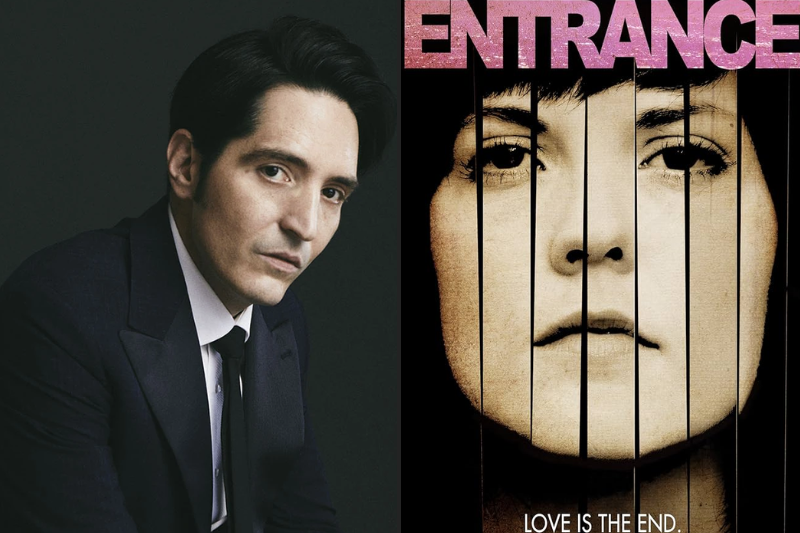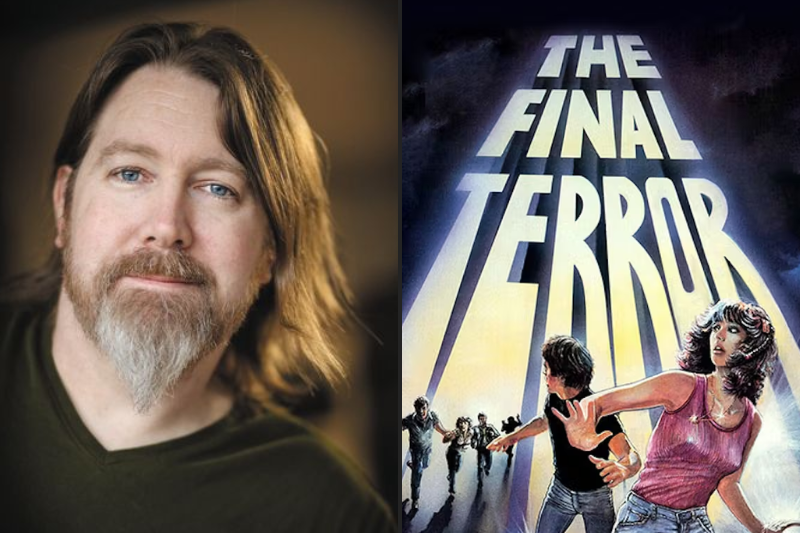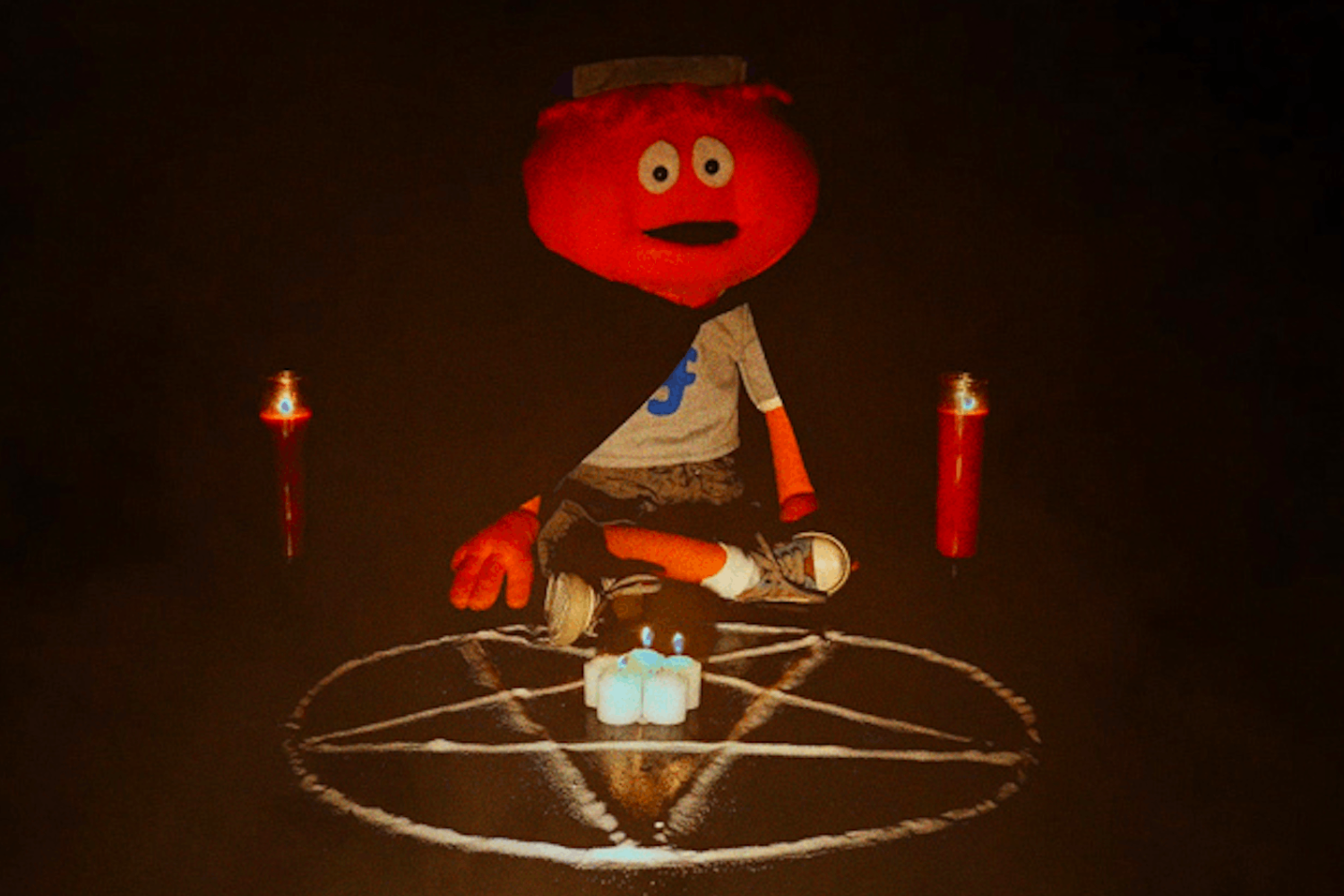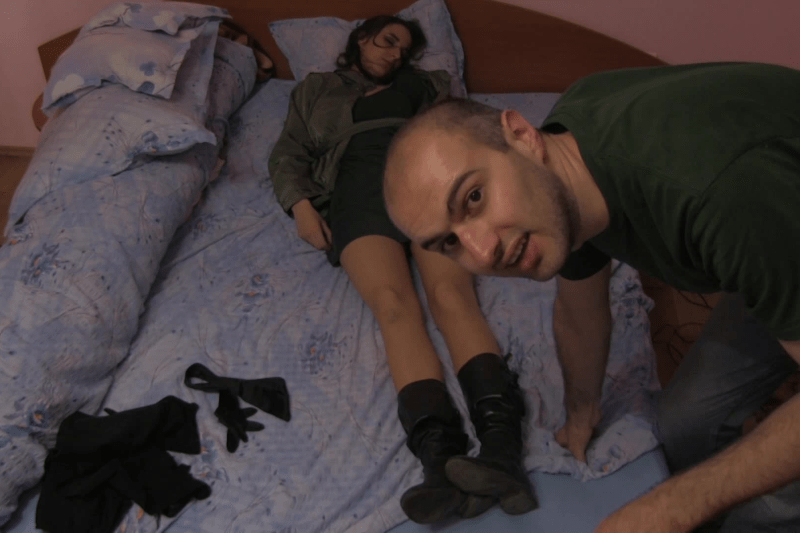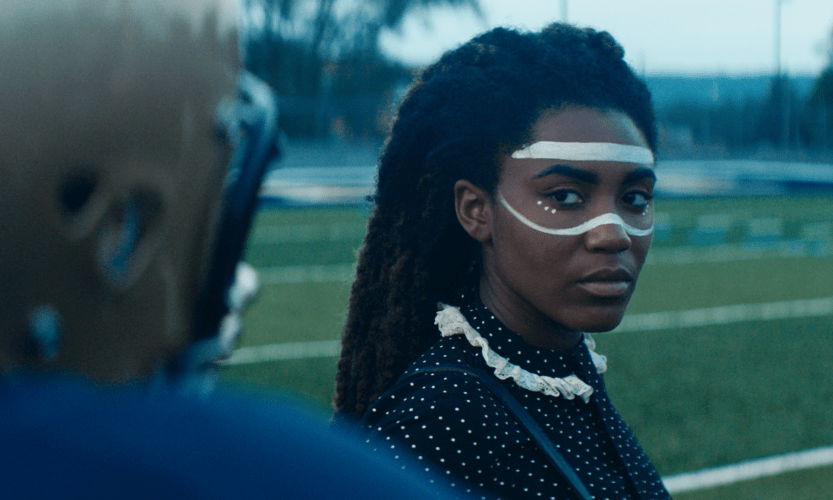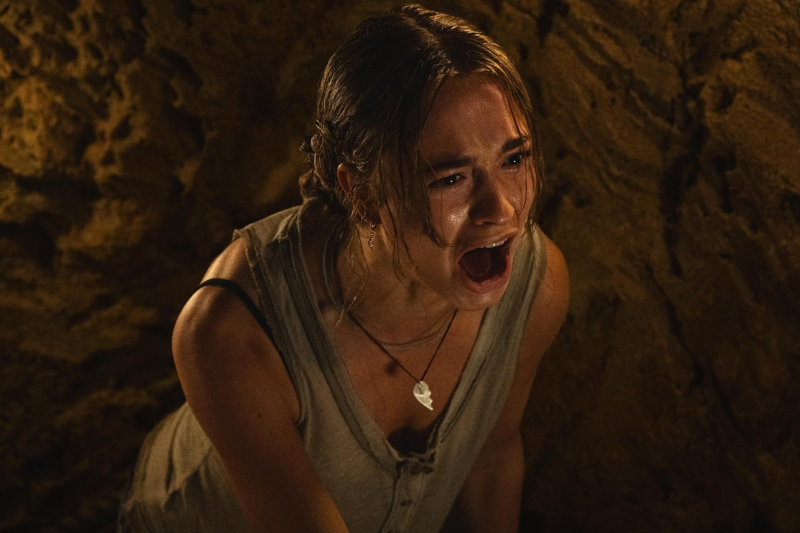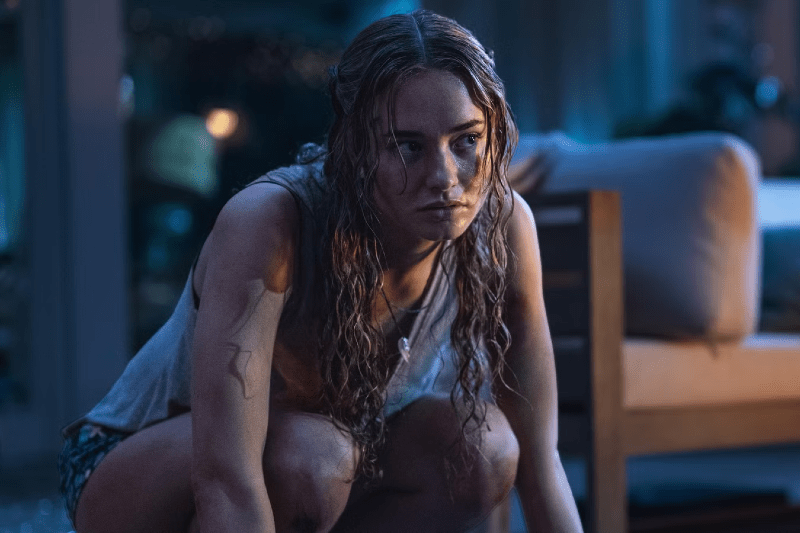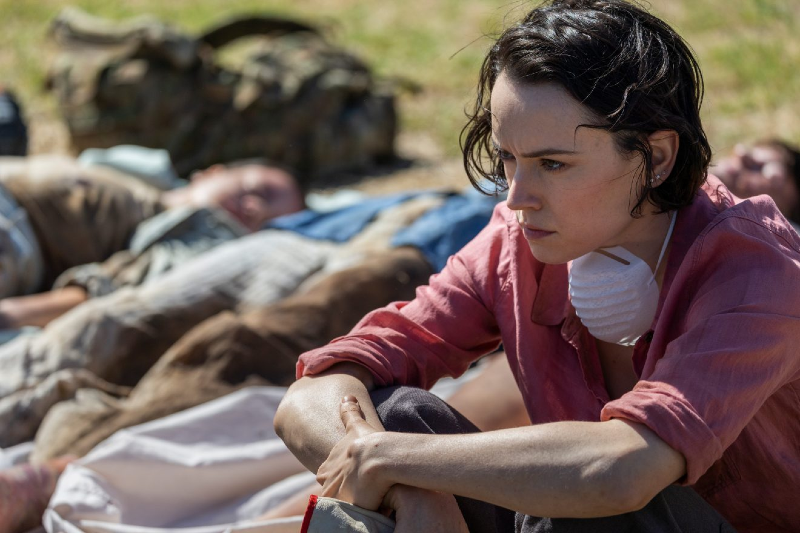‘28 Years Later: The Bone Temple’ Review: Beauty and Misery Collide in Nia DaCosta’s Skillful Sequel
Siddhant Adlakha explains how '28 Years Later: The Bone Temple' follows up 2025's sequel in ways both gloomy and surprisingly intimate.
Listen to the Certified Forgotten Podcast
Podcast: Kate Siegel on ‘Ghostwatch’
'V/H/S/Beyond' filmmaker Kate Siegel joins Certified Forgotten to talk about her directorial debut and Lesley Manning's 'Ghostwatch.'
Podcast: David Dastmalchian on ‘Entrance’
'Late Night with the Devil' star David Dastmalchian joins Certified Forgotten to discuss 'Entrance,' one of his favorite underrated slashers.
Podcast: C. Robert Cargill on ‘The Final Terror’
Screenwriter C. Robert Cargill ('The Black Phone') joins Certified Forgotten to discuss Andrew Davis's anti-slasher 'The Final Terror.'
Podcast: Meredith Borders on ‘The Peanut Butter Solution’
Fangoria senior editor Meredith Borders returns to the podcast to talk about gateway horror cult classic 'The Peanut Butter Solution.'
New Articles
Grief, Horror, and Netherworld Breakdancing in ‘Hello Dracula’
Rob Hunter explores the whacky and wonderful world of 'Hello Dracula,' a kids' movie with a '80s style and a lot of heart.
Podcast: ‘Primate’ Gets Uncertified
Matt Donato and Matthew Monagle sit down to discuss 'Primate,' Johannes Roberts's killer 'killer monkey' movie.
‘Primate’ Review: Creature Feature Meets Monkey Slasher
'Primate,' the latest film from Johannes Roberts, is a gnarly (complimentary) mashup of slasher and creature feature tropes.
‘We Bury the Dead’ Review: Apocalyptic Scale Minus the Stakes
'We Bury the Dead,' the latest film from 'These Final Hours' director Zak Hilditch, offers apocalyptic scale but little human connection.


